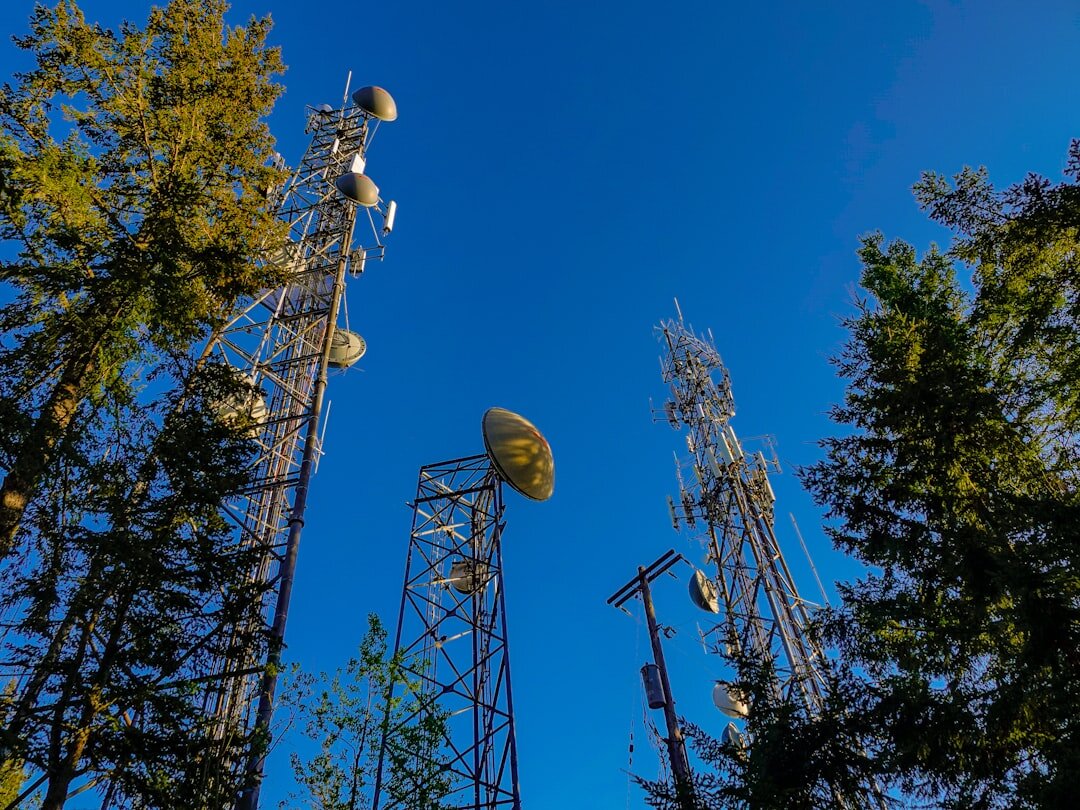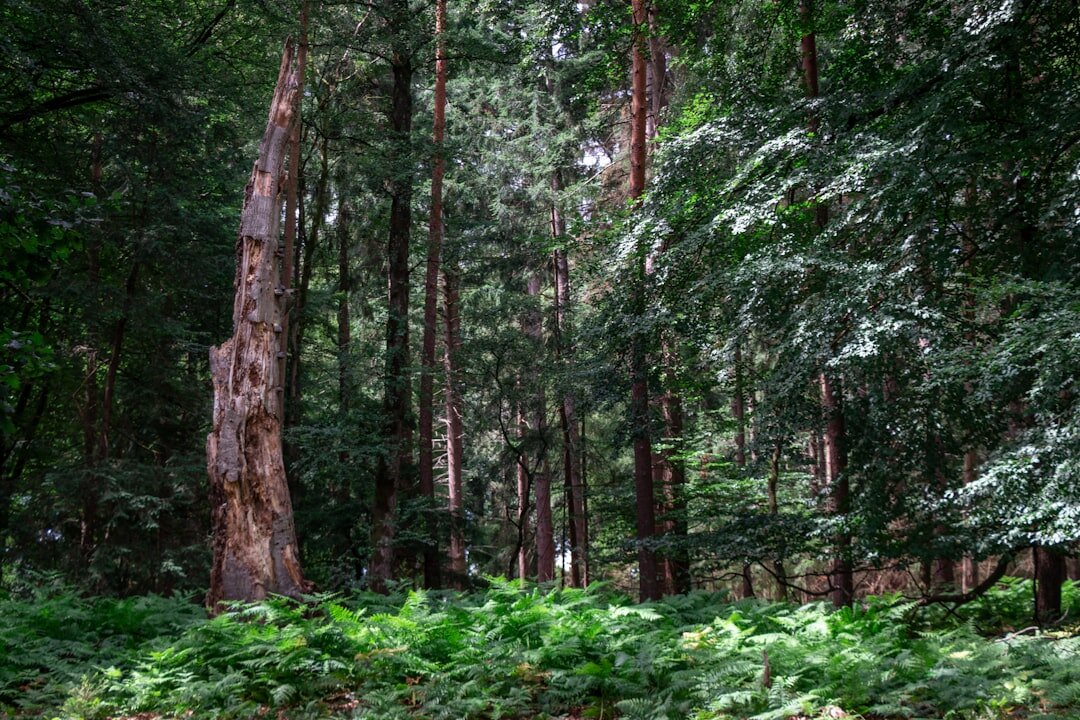Digital Transformation in Finnish Forest Management
Finland’s forests are undergoing a digital revolution that promises to enhance sustainability, increase efficiency, and provide unprecedented insights into forest ecosystem dynamics. This transformation represents a convergence of artificial intelligence, satellite technology, and Internet of Things (IoT) sensors that is reshaping how we manage and understand forest resources.
The Digital Forest Ecosystem
Satellite-Based Monitoring
Advanced satellite imagery and LiDAR technology now provide continuous monitoring of forest health, growth rates, and biodiversity indicators. According to the European Space Agency’s Copernicus program, these systems can detect changes in forest cover with remarkable precision, enabling proactive management decisions.
AI-Powered Analytics
Machine learning algorithms analyze vast datasets from multiple sources to predict optimal harvesting times, identify disease outbreaks before they spread, and optimize reforestation strategies. These systems can process information from weather patterns, soil conditions, and historical growth data to make recommendations that maximize both economic and environmental outcomes.
IoT Sensor Networks
Ground-based sensors throughout Finnish forests collect real-time data on soil moisture, temperature, and wildlife activity. This Internet of Things infrastructure provides the granular data needed to understand forest dynamics at unprecedented detail levels.
Sustainable Management Benefits
Precision Harvesting
Digital tools enable selective harvesting that maintains forest ecosystem integrity while optimizing timber yield. GPS-guided machinery can navigate forests with minimal environmental impact, following predetermined paths that preserve sensitive areas.
Carbon Sequestration Optimization
Advanced modeling helps forest managers maximize carbon storage potential by identifying optimal species mixes and management practices for different soil and climate conditions.
Biodiversity Conservation
Digital monitoring systems track wildlife populations and habitat quality, ensuring that forest management practices support biodiversity conservation goals alongside economic objectives.
Implementation Challenges
The transition to digital forest management requires significant investment in technology infrastructure and workforce training. However, early adopters are already seeing measurable improvements in both environmental outcomes and operational efficiency.
Global Leadership
Finland’s digital forestry initiatives serve as a model for sustainable forest management worldwide. The integration of technology with traditional forestry knowledge creates a framework that other countries are beginning to adopt and adapt to their own forest ecosystems.
The future of forestry lies in this intelligent integration of technology and nature, where data-driven decisions support both economic viability and environmental stewardship.



